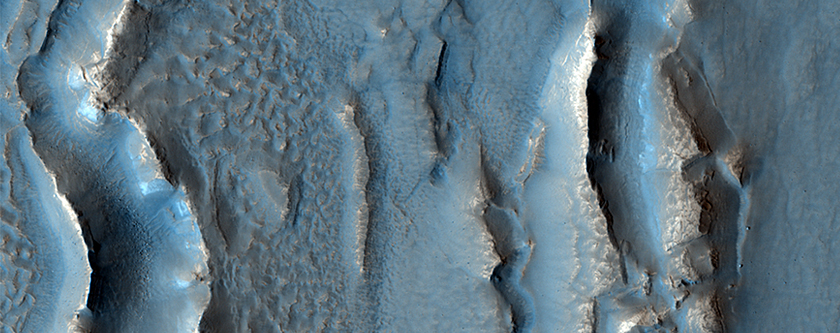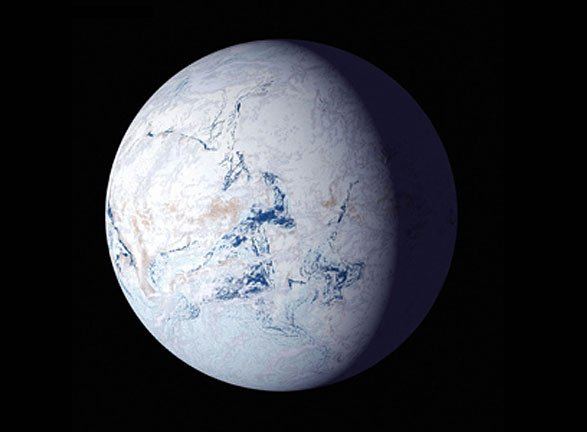Like Earth, Mars has experienced periods of extreme glaciation or ice sheet coverage, which are known as ice ages. As these ice ages come and go, glaciers expand and contract along the planet’s surface, grinding huge boulders down to smaller rocks. By examining the size of boulders and rocks at specific locations on Mars, we should be able to understand the history of the Martian ice ages.
A new study did just that.
Continue reading “Mars has Been Through Many Ice Ages in the Last Billion Years”

